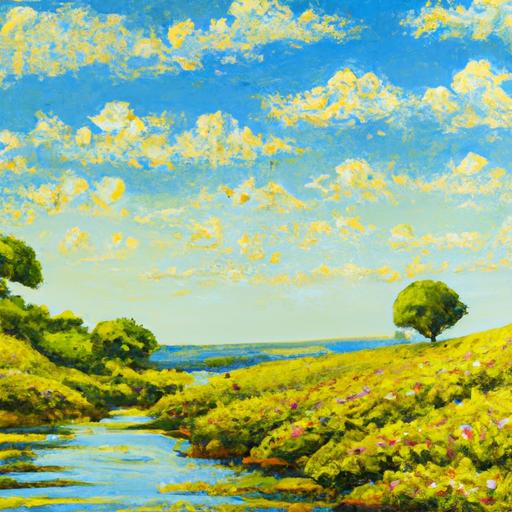The Beauty of Oil Painting: A Timeless Art Form

Introduction
Art has the power to transcend time and captivate our senses, but there’s something truly magical about the art of oil painting. Have you ever wondered what makes oil painting so special? Let’s embark on a journey to uncover the essence of this captivating art form.
When we think of oil painting, we envision a canvas brought to life with vibrant colors and intricate details. But, what exactly is oil painting? In its simplest form, oil painting is a technique that uses pigments suspended in drying oils, typically linseed oil. This method allows artists to create rich, luminous colors and achieve a level of depth and realism that is unparalleled in other mediums.
Throughout art history, oil painting has played a pivotal role in shaping the artistic landscape. From the iconic works of the Renaissance masters to the bold strokes of modern-day artists, oil painting has stood the test of time as a timeless expression of creativity and emotion. Join me as we delve deeper into the world of oil painting and uncover its significance in the realm of art history.
Techniques for Oil Painting
Layering and Blending Colors
The art of oil painting involves a delicate balance of layering and blending colors to create depth and dimension in a piece. By applying multiple layers of paint, artists can achieve a richness and intensity in their work that is unique to oil painting. Blending colors seamlessly together allows for smooth transitions and subtle gradients, enhancing the overall visual impact of the artwork.
Creating Texture and Depth
One of the most captivating aspects of oil painting is the ability to create texture and depth on the canvas. Artists can use various techniques such as impasto (thickly applying paint) or glazing (layering transparent colors) to add tactile elements to their work. These textural effects not only engage the viewer visually but also evoke an emotional response, making the artwork come alive in ways that are truly remarkable.
Different Styles of Oil Painting
Oil painting is a versatile medium that lends itself to a wide range of artistic styles. Whether you’re drawn to the meticulous detail of realism, the dreamy landscapes of impressionism, or the bold abstraction of modern art, there’s a style of oil painting that speaks to every artistic sensibility. Experimenting with different styles allows artists to push the boundaries of creativity and develop their own unique voice in the world of oil painting.
Tips for Beginners in Oil Painting
Start with Simple Projects
Embarking on your oil painting journey can be both exciting and daunting, especially if you’re new to the medium. To ease into this creative endeavor, consider starting with simple projects. Begin by exploring basic techniques like color blending and brush strokes to build your confidence and familiarity with oil paints.
Practice Mixing Colors
One of the most intriguing aspects of oil painting is the ability to mix colors and create unique palettes. As a beginner, take the time to practice mixing colors to understand how different hues interact and blend together. Experiment with primary colors to create secondary shades and explore the endless possibilities that come with mastering color mixing techniques.
Learn from Tutorials and Workshops
In the digital age, resources for learning oil painting are plentiful. Take advantage of online tutorials and workshops that offer valuable insights and guidance from experienced artists. Whether you prefer step-by-step instructions or live demonstrations, immersing yourself in educational content can enhance your skills and inspire your artistic journey. Remember, every stroke of the brush is a step towards mastering the art of oil painting.